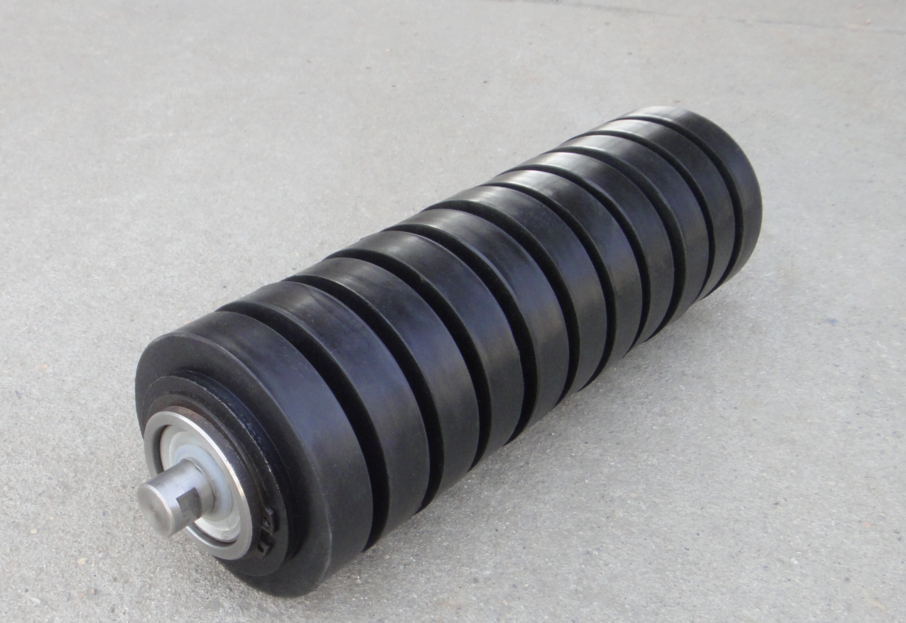 Afrikaans
Afrikaans  Albanian
Albanian  Amharic
Amharic  Arabic
Arabic  Armenian
Armenian  Azerbaijani
Azerbaijani  Basque
Basque  Belarusian
Belarusian  Bengali
Bengali  Bosnian
Bosnian  Bulgarian
Bulgarian  Catalan
Catalan  Cebuano
Cebuano  Corsican
Corsican  Croatian
Croatian  Czech
Czech  Danish
Danish  Dutch
Dutch  English
English  Esperanto
Esperanto  Estonian
Estonian  Finnish
Finnish  French
French  Frisian
Frisian  Galician
Galician  Georgian
Georgian  German
German  Greek
Greek  Gujarati
Gujarati  Haitian Creole
Haitian Creole  hausa
hausa  hawaiian
hawaiian  Hebrew
Hebrew  Hindi
Hindi  Miao
Miao  Hungarian
Hungarian  Icelandic
Icelandic  igbo
igbo  Indonesian
Indonesian  irish
irish  Italian
Italian  Japanese
Japanese  Javanese
Javanese  Kannada
Kannada  kazakh
kazakh  Khmer
Khmer  Rwandese
Rwandese  Korean
Korean  Kurdish
Kurdish  Kyrgyz
Kyrgyz  Lao
Lao  Latin
Latin  Latvian
Latvian  Lithuanian
Lithuanian  Luxembourgish
Luxembourgish  Macedonian
Macedonian  Malgashi
Malgashi  Malay
Malay  Malayalam
Malayalam  Maltese
Maltese  Maori
Maori  Marathi
Marathi  Mongolian
Mongolian  Myanmar
Myanmar  Nepali
Nepali  Norwegian
Norwegian  Norwegian
Norwegian  Occitan
Occitan  Pashto
Pashto  Persian
Persian  Polish
Polish  Portuguese
Portuguese  Punjabi
Punjabi  Romanian
Romanian  Russian
Russian  Samoan
Samoan  Scottish Gaelic
Scottish Gaelic  Serbian
Serbian  Sesotho
Sesotho  Shona
Shona  Sindhi
Sindhi  Sinhala
Sinhala  Slovak
Slovak  Slovenian
Slovenian  Somali
Somali  Spanish
Spanish  Sundanese
Sundanese  Swahili
Swahili  Swedish
Swedish  Tagalog
Tagalog  Tajik
Tajik  Tamil
Tamil  Tatar
Tatar  Telugu
Telugu  Thai
Thai  Turkish
Turkish  Turkmen
Turkmen  Ukrainian
Ukrainian  Urdu
Urdu  Uighur
Uighur  Uzbek
Uzbek  Vietnamese
Vietnamese  Welsh
Welsh  Bantu
Bantu  Yiddish
Yiddish  Yoruba
Yoruba  Zulu
Zulu industrial conveyor pulleys
The Importance of Industrial Conveyor Pulleys in Manufacturing
In the rapidly evolving world of manufacturing, efficiency and productivity are crucial for success. One component that often goes unnoticed but plays a significant role in the smooth operation of production lines is the industrial conveyor pulley. These pulleys are integral to conveyor systems, which are widely used to transport materials and products across various industrial sectors, including agriculture, mining, food processing, and packaging.
Understanding Conveyor Pulleys
Conveyor pulleys are cylindrical mechanisms located at either end of a conveyor belt. Their primary function is to transmit power and maintain the belt's tension while facilitating the movement of materials. Conveyor pulleys can be categorized into several types, including drive pulleys, return pulleys, and tail pulleys, each serving a specific purpose within the conveyor system.
Drive Pulleys are connected to the motor and are responsible for propelling the conveyor belt forward. The motor's power is transferred through these pulleys, allowing for a steady and consistent motion of the belt. Return Pulleys, on the other hand, help in supporting the belt as it wraps around and returns to the starting point. Tail Pulleys, typically located at the end of the conveyor, are used to guide the belt and can also help in tensioning.
Material and Design Considerations
The design of conveyor pulleys is crucial as it directly affects the performance and durability of the conveyor system. They are usually constructed from materials like steel or aluminum, with some specialized applications requiring corrosion-resistant materials. The choice of material depends on the nature of the materials being transported and the environment in which the conveyor operates.
industrial conveyor pulleys

The diameter and weight of the pulley are also significant factors. Larger pulleys are generally more efficient as they can provide a smoother operation and exert less stress on the conveyor belt. However, they require more powerful motors and may take up more space. Therefore, determining the appropriate size and weight involves a careful analysis of the specific application and operational requirements.
Maintenance and Longevity
Like any mechanical component, conveyor pulleys require regular maintenance to ensure they function effectively over time. Routine inspections should focus on checking for wear and tear, alignment, and tension levels. Neglecting maintenance can lead to overheating, premature wear, and unexpected breakdowns, which can severely impact productivity.
Implementing a preventive maintenance plan involving lubrication, alignment checks, and periodic replacements can significantly extend the life of conveyor pulleys and the entire conveyor system. Moreover, investing in high-quality pulleys can reduce the frequency of these maintenance tasks, ultimately leading to cost savings and increased efficiency.
Conclusion
In conclusion, industrial conveyor pulleys may seem like simple components, but their role in enhancing the productivity of manufacturing processes is invaluable. By facilitating the seamless transport of materials, they contribute to reduced operational downtime and improved overall efficiency. As industries continue to invest in automation and advanced technologies, the importance of high-quality conveyor pulleys will only grow. Manufacturers must prioritize the selection, maintenance, and operation of these integral components to ensure the longevity and effectiveness of their conveyor systems.
-
Revolutionizing Conveyor Reliability with Advanced Rubber Lagging PulleysNewsJul.22,2025
-
Powering Precision and Durability with Expert Manufacturers of Conveyor ComponentsNewsJul.22,2025
-
Optimizing Conveyor Systems with Advanced Conveyor AccessoriesNewsJul.22,2025
-
Maximize Conveyor Efficiency with Quality Conveyor Idler PulleysNewsJul.22,2025
-
Future-Proof Your Conveyor System with High-Performance Polyurethane RollerNewsJul.22,2025
-
Driving Efficiency Forward with Quality Idlers and RollersNewsJul.22,2025





























